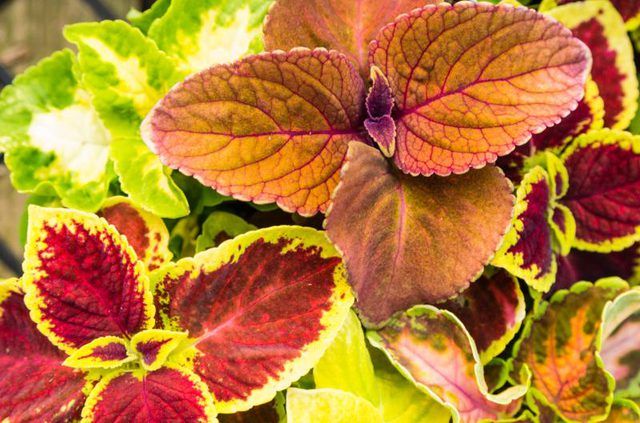Bulbs
Flower Basics
Flower Beds & Specialty Gardens
Flower Garden
Garden Furniture
Garden Gnomes
Garden Seeds
Garden Sheds
Garden Statues
Garden Tools & Supplies
Gardening Basics
Green & Organic
Groundcovers & Vines
Growing Annuals
Growing Basil
Growing Beans
Growing Berries
Growing Blueberries
Growing Cactus
Growing Corn
Growing Cotton
Growing Edibles
Growing Flowers
Growing Garlic
Growing Grapes
Growing Grass
Growing Herbs
Growing Jasmine
Growing Mint
Growing Mushrooms
Orchids
Growing Peanuts
Growing Perennials
Growing Plants
Growing Rosemary
Growing Roses
Growing Strawberries
Growing Sunflowers
Growing Thyme
Growing Tomatoes
Growing Tulips
Growing Vegetables
Herb Basics
Herb Garden
Indoor Growing
Landscaping Basics
Landscaping Patios
Landscaping Plants
Landscaping Shrubs
Landscaping Trees
Landscaping Walks & Pathways
Lawn Basics
Lawn Maintenance
Lawn Mowers
Lawn Ornaments
Lawn Planting
Lawn Tools
Outdoor Growing
Overall Landscape Planning
Pests, Weeds & Problems
Plant Basics
Rock Garden
Rose Garden
Shrubs
Soil
Specialty Gardens
Trees
Vegetable Garden
Yard Maintenance
How to Propagate Coleus
How to Propagate Coleus. Grown for their vividly colored leaves rather than their insignificant flowers, coleus (Solenostemon scutellarioides) plants vary in height from 6 inches to 3 feet. Perennial in U.S. Department of Agriculture plant hardiness zones 10 through 12, they are treated as shade annuals elsewhere. If you wish to preserve yours...

Grown for their vividly colored leaves rather than their insignificant flowers, coleus (Solenostemon scutellarioides) plants vary in height from 6 inches to 3 feet. Perennial in U.S. Department of Agriculture plant hardiness zones 10 through 12, they are treated as shade annuals elsewhere. If you wish to preserve yours over winter, take cuttings rather than harvesting seeds, as most coleus types are hybrids and wonít come true from saved seeds. The cuttings root easily in water and produce plants identical to the parents. Don't propagate patented cultivars, as it is illegal to reproduce them without a license.
Take Cuttings
For the best results, take cuttings from your coleus plant while it is still growing vigorously in late summer or early fall. Snip pieces about 4 to 6 inches long from the tips of the plant, severing each one just below a leaf node -- where the leaf meets the stem. Remove all of the leaves from the lower halves of the cuttings. After placing the cuttings in a short, clear glass container, such as a jelly jar or juice glass, add 1 or 2 inches of lukewarm water to that container. The lowest leaf node on each cutting must be covered by that water.
Root Cuttings
Set the glass on a windowsill that receives bright light but no direct sun, where the temperature remains between 70 and 80 degrees Fahrenheit. Top up the water as needed to keep it covering the lower leaf nodes. The cuttings should begin to send out roots from those nodes in one to two weeks. Once the roots are 1/2 inch to 1 inch long, you can plant the cuttings in individual pots of all-purpose potting soil. Use plant pots with drainage holes.
Care for the Cuttings
When the new plants have begun to grow, move them gradually to a brighter windowsill, such as an east- or west-facing one, where they will receive sunlight for much of the day but not during the midday hours. Keeping their soil damp but not soggy, fertilize them once every two weeks until late autumn with an all-purpose plant food at half strength. For a 20-20-20 fertilizer, for example, you would mix 1/2 teaspoon of the crystals into each 1 gallon of water.
Stop feeding the coleus plants over the winter. To prevent lankiness, keep them somewhat cool, preferably with nighttime temperatures dropping to between 55 and 65 degrees Fahrenheit.
When the coleus plants are 8 inches tall, pinch off the upper set of leaves on each one to force it to branch out, and continue pinching them as necessary to prevent them from becoming leggy. In early spring, begin feeding the plants again as before.
Transplant Cuttings
Transplant the new plants into the ground in early summer after all danger of frost has passed. First set the pots in a shaded location for three to four hours, before taking them back indoors. Gradually increase their time outdoors, shifting them by degrees to a partially shaded site. After allowing about a week for this hardening off, you can plant the coleus plants in the ground, spacing them 6 to 12 inches apart.
If possible, choose a spot for them in rich, well-draining soil with a pH near 7.0, where the plants will receive sun in the morning and shade during midday and afternoon. Although a mulch will help retain moisture, donít choose cedar mulch, which can damage coleus plants.